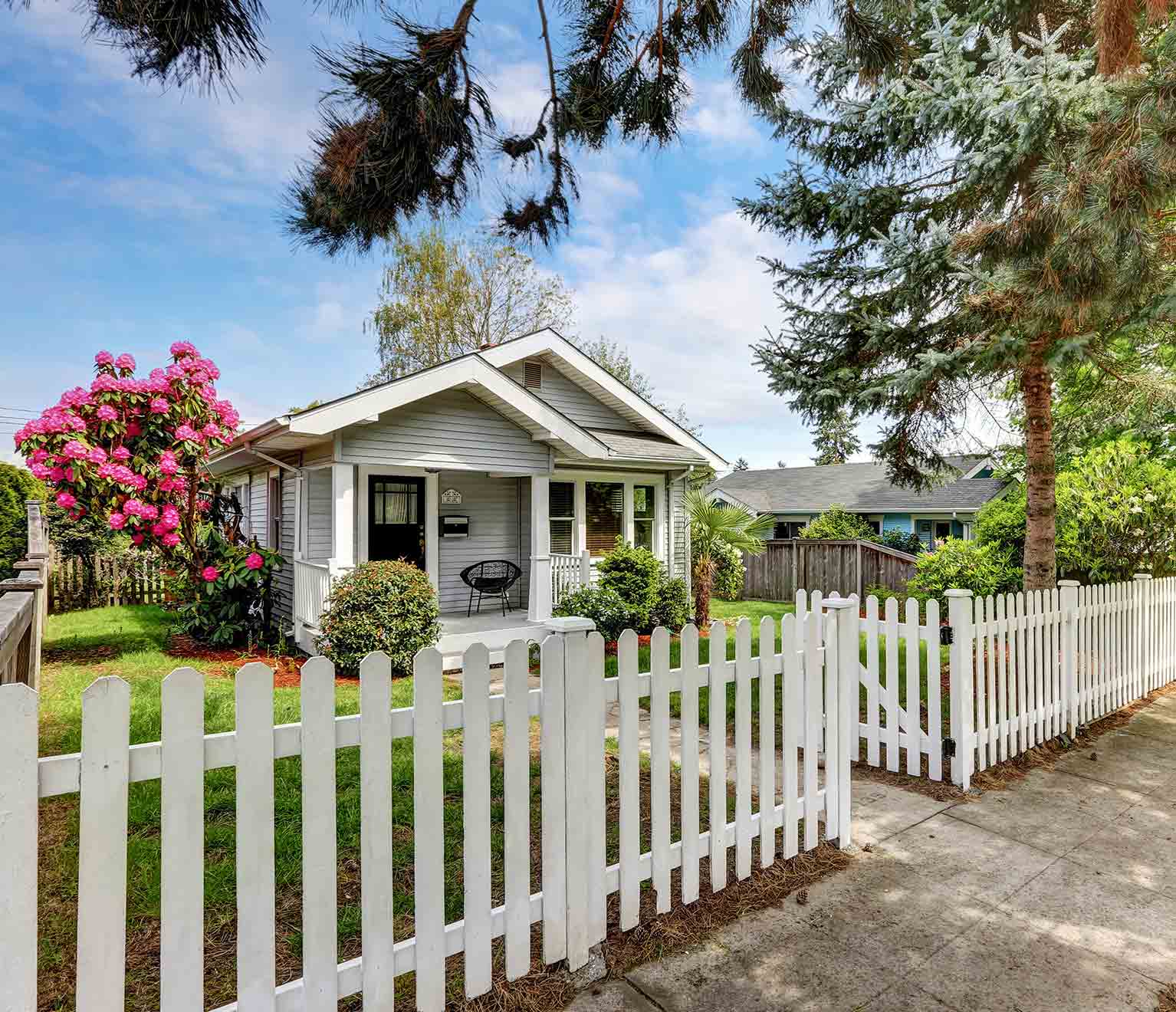When it comes to homeowners insurance, have you ever wondered how your fence is covered? It’s a common question among homeowners, and luckily, I’ve got the answers for you. In this article, we’ll delve into the details of fences and homeowners insurance, so you understand everything you need to know. From coverage options to potential exclusions, we’ll cover it all. So, let’s dive in and learn more!
First things first, when it comes to fences and homeowners insurance, it’s important to understand what is covered and what might not be. Your insurance policy may vary, but in general, your fence is considered a part of your property and can be covered under your dwelling coverage. However, there are certain instances where your fence may not be covered, such as if it’s damaged due to wear and tear or if it’s considered an “attractive nuisance.” Don’t worry, though, we’ll discuss all the ins and outs of fence coverage, so you’ll be well-informed. Stay tuned for more in-depth information on how your fence and homeowners insurance go hand in hand!
Fences and Homeowners Insurance: What You Need to Know
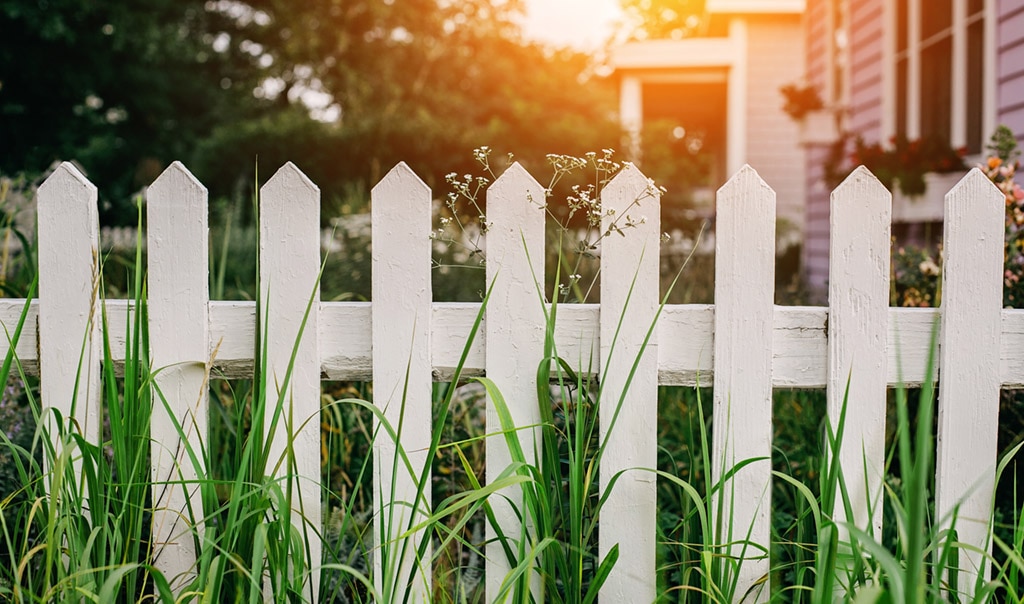
Different Types of Fences
Wooden Fences
Wooden fences are a popular choice for homeowners due to their natural and timeless beauty. They provide privacy, security, and can enhance the aesthetic appeal of your property. However, it’s important to consider the maintenance requirements of wooden fences. Regular staining or painting is needed to protect against rot and weathering.
Chain Link Fences
Chain link fences are known for their affordability and durability. They are often used in commercial settings or as a budget-friendly option for homeowners. Chain link fences provide security and are low-maintenance. However, they may not offer much privacy due to their open design.
Vinyl Fences
Vinyl fences are a popular alternative to wooden fences because they require less maintenance. They are resistant to rot, warping, and fading, making them a long-lasting option for homeowners. Vinyl fences come in various styles and colors, providing both privacy and aesthetic appeal to your property.
Aluminum Fences
Aluminum fences offer a combination of durability, elegance, and low maintenance. They are lightweight, rust-resistant, and can withstand harsh weather conditions. Aluminum fences come in a variety of styles and colors, making it easy to match your property’s aesthetics.
Wrought Iron Fences
Wrought iron fences are known for their timeless beauty and strength. They provide excellent security and enhance the curb appeal of your home. However, wrought iron fences require regular maintenance to prevent rust and corrosion. Professional installation is recommended to ensure proper installation and durability.
Factors to Consider When Choosing a Fence
Purpose of the Fence
Before selecting a fence, it’s crucial to determine its purpose. Are you looking for privacy, security, or simply enhancing the aesthetics of your property? Understanding the primary purpose will help you choose the most suitable fence type.
Privacy
If privacy is a priority, consider fences with solid panels or closely spaced boards such as wooden or vinyl fences. Chain link fences, on the other hand, may not provide the desired privacy.
Aesthetics
The appearance of your fence should complement the architectural style of your home. Wooden fences offer a classic look, while vinyl and aluminum fences come in various styles and colors to match any design preference.
Maintenance
Consider the level of maintenance required for each fence type. Wooden fences require regular staining or painting, while vinyl and aluminum fences are relatively low-maintenance.
Cost
Different fence materials vary in cost. Determine your budget and consider both upfront costs and long-term maintenance expenses before making a decision.
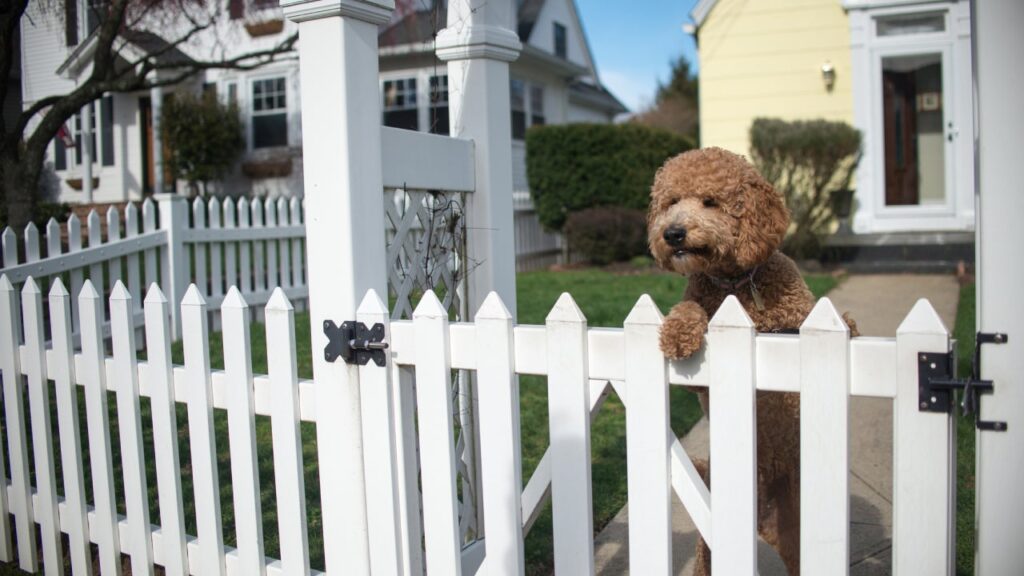
How Fences Affect Homeowners Insurance
Insurance Coverage for Fences
Most homeowners insurance policies cover fences under the dwelling coverage. This coverage protects your fence against certain perils, such as fire, windstorms, and vandalism. However, coverage limits may vary, so it’s essential to review your policy and understand the specific coverage provided for fences.
Fence Damage Coverage
In the event of fence damage due to a covered peril, homeowners insurance typically covers the repair or replacement costs. It’s important to promptly document and report any fence damage to your insurance provider to initiate the claims process.
Fence Replacement Costs
When determining the compensation for fence damage, insurance companies consider the age, condition, and value of the fence. Older fences may receive a depreciated value, while newer fences may be eligible for full replacement cost coverage.
Liability Coverage for Fence-related Incidents
Homeowners insurance also provides liability coverage for fence-related incidents. If someone is injured or their property is damaged due to a fence on your property, liability coverage can help cover legal expenses or medical bills. Review your policy to understand the limitations and coverage amount.
Common Fence-related Insurance Claims
Storm Damage to Fences
Severe weather conditions such as windstorms, hurricanes, or heavy snow can cause significant damage to fences. Falling trees or flying debris can result in broken or uprooted fence panels. Promptly document the damage and contact your insurance provider to initiate a claim.
Vandalism or Theft of Fences
Acts of vandalism or theft can result in damage or loss of your fence. In such cases, homeowners insurance typically covers the repair or replacement costs. Filing a police report and providing evidence of the incident can strengthen your insurance claim.
Damage Caused by Fallen Trees
If a tree falls on your fence due to a covered peril, such as a storm or fire, homeowners insurance should cover the cost of repairs or replacement. Document the damage and contact your insurance provider to initiate the claims process.
Pets and Wildlife Damaging Fences
Pets or wildlife can cause damage to fences, such as digging under or chewing on fence posts. Homeowners insurance typically does not cover this type of damage unless it’s caused by a covered peril, such as a fallen tree.
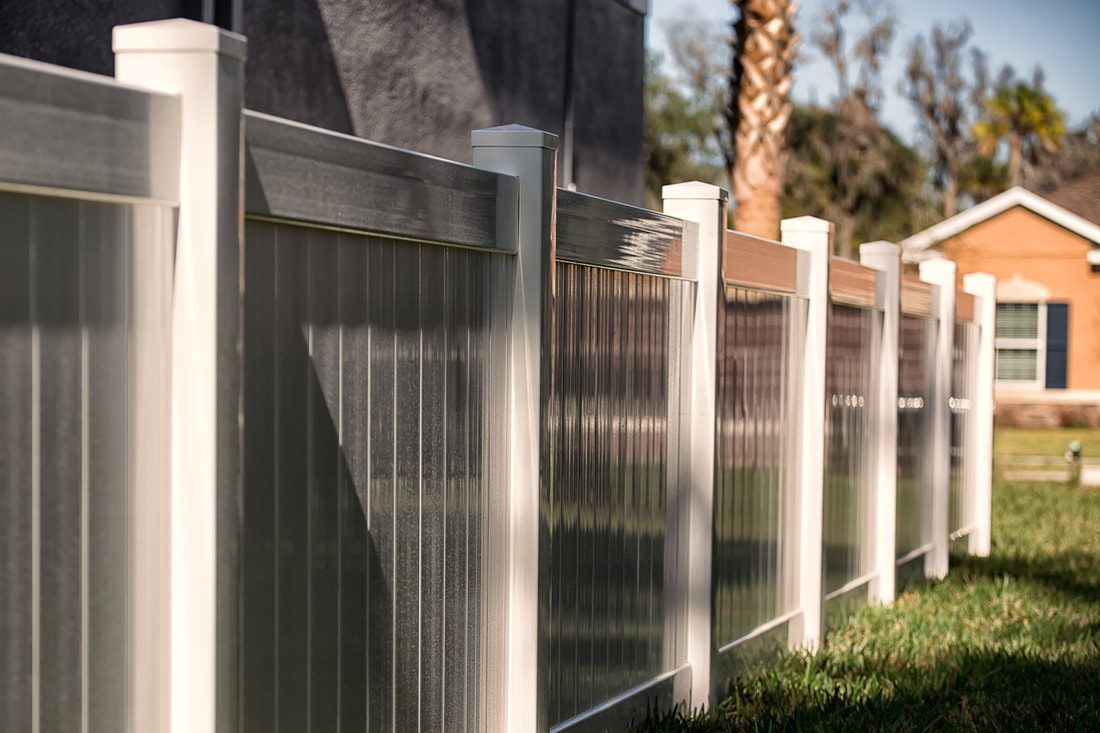
Tips for Insuring Fences
Documenting the Fence
Before any damage occurs, it’s important to document your fence through photographs or videos. This documentation will serve as evidence in case you need to file an insurance claim.
Updating Homeowners Insurance Policy
Regularly review your homeowners insurance policy to ensure it adequately covers your fence and any recent upgrades or additions. Consider discussing your specific needs with your insurance provider and adjusting your coverage accordingly.
Filing Fence-related Insurance Claims
In the event of fence damage, promptly contact your insurance provider to initiate the claims process. Provide all necessary documentation, such as photographs or videos of the damage, for a smooth and efficient claims experience.
Preventing Fence Damage
Regular Fence Maintenance
Regular maintenance is essential to prevent fence damage. Inspect your fence regularly for loose screws or boards, and make necessary repairs. Apply sealants or paint to wooden fences to protect against rot or weathering.
Protecting Fences from Weather Elements
Weather elements can take a toll on fences over time. Protect your fence by applying weatherproof coatings or sealants. Reinforce fence posts and panels to withstand strong winds or heavy snowfall.
Keeping Pets and Wildlife Away from Fences
To prevent damage caused by pets or wildlife, ensure that the fence is secure and without any easily accessible gaps. Install barriers such as underground mesh or deterrents to discourage them from coming near the fence.
Securing Fences from Vandalism or Theft
Protect your fence from vandalism or theft by installing security cameras, motion sensor lights, or alarms. Secure gates with locks and consider using anti-climbing measures like spikes or deterrents.
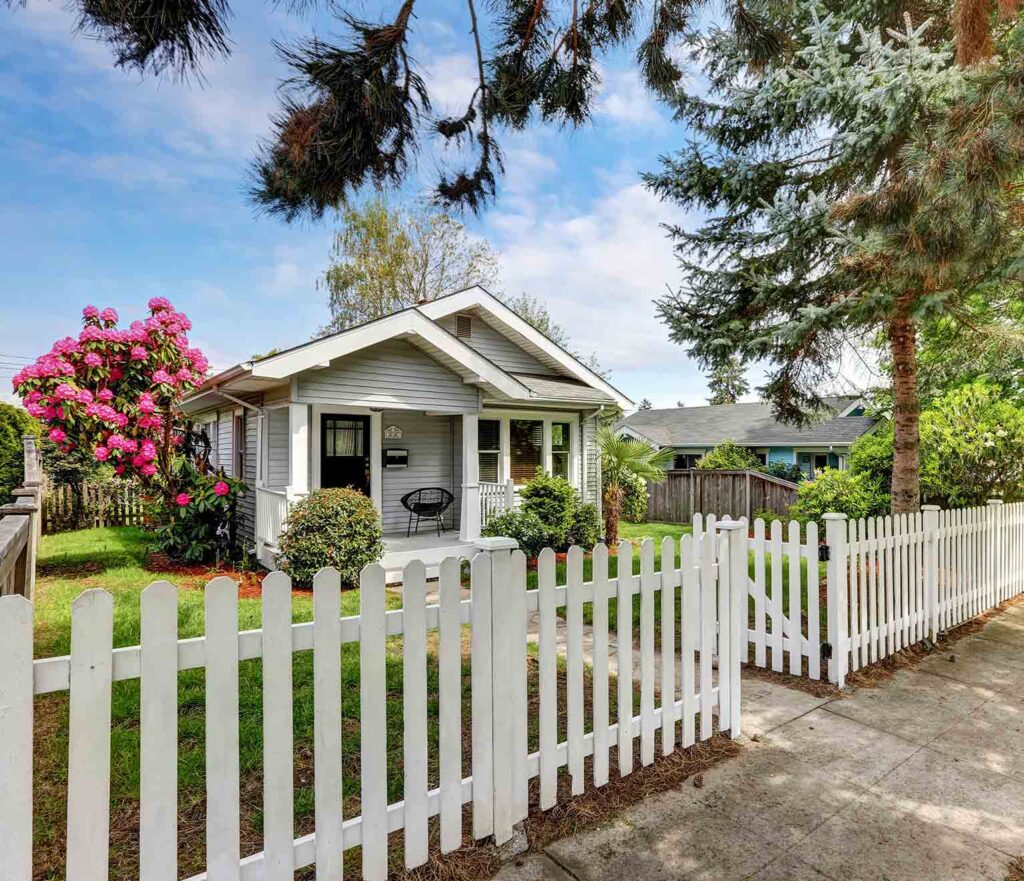
Building Permits and Regulations for Fences
Local Building Codes for Fences
Before installing a fence, familiarize yourself with the local building codes and regulations. These codes dictate fence height, setbacks from property lines, and other specifications. Failure to comply may result in fines or the need for fence removal.
Obtaining a Permit for Fence Installation
In many jurisdictions, obtaining a permit for fence installation is mandatory. Check with your local building department to understand the permit requirements and ensure compliance. Failure to obtain a permit can result in penalties or the need for fence removal.
Fence Height Restrictions
Many municipalities have specific regulations regarding the maximum height of fences. Make sure to follow these restrictions to avoid potential legal issues. Discuss any concerns or questions with your local building department.
Maintaining Fence Safety
Inspecting for Loose or Damaged Parts
Regularly inspect your fence for any loose or damaged parts. Replace or repair broken or loose boards, screws, or fasteners promptly to maintain the safety and structural integrity of your fence.
Repairing Broken Fences
If your fence is damaged, repair it promptly to avoid further deterioration or safety hazards. Ensure that all repairs are done correctly to maintain the security and appearance of your fence.
Removing Hazards Near the Fence
Keep the area around your fence free from potential hazards that could cause damage, such as overhanging branches or nearby shrubs. Regularly trim trees and bushes to prevent them from coming into contact with the fence.
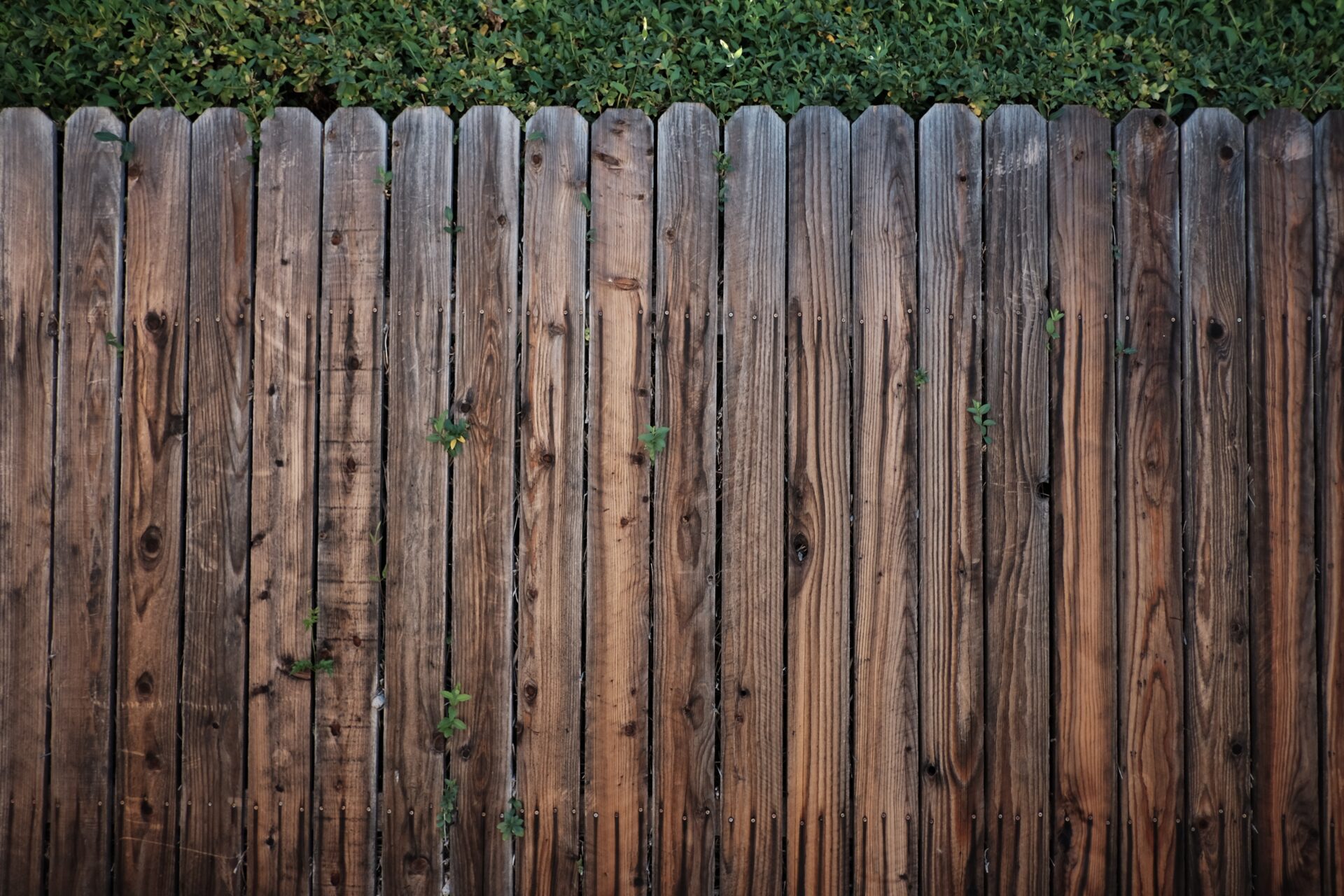
Enhancing Fence Security
Adding Security Systems to Fences
Enhance the security of your fence by integrating security systems such as cameras or alarms. These measures can deter potential intruders and provide an additional layer of protection for your property.
Installing Motion Sensor Lights
Motion sensor lights installed along the fence can help deter trespassers and enhance visibility during nighttime. Consider placing the lights strategically to cover the entire perimeter of your property.
Using Fence Locks and Gates
Install sturdy locks and secure gates to prevent unauthorized access to your property. Locking mechanisms can deter potential intruders and enhance the security of your fence.
Fence Maintenance and Repairs
Cleaning and Refinishing Wooden Fences
Wooden fences require regular cleaning to remove dirt, grime, and mildew. Use a mild detergent and a soft brush to gently scrub the surface. Refinishing with paint or stain helps protect the wood from weather damage.
Fixing Rust or Corrosion on Metal Fences
If your metal fence develops rust or corrosion, remove the affected areas using sandpaper or a wire brush. Apply rust-resistant primer and paint to restore its appearance and protect it from further deterioration.
Repairing or Replacing Damaged Fence Panels
For fences with damaged panels, consider repairing or replacing them promptly. Ensure that the replacement panels match the existing fence to maintain a uniform appearance.
Landscaping Ideas to Complement Fences
Choosing Plants that Enhance Fence Appearance
Select plants that complement your fence and enhance its overall appearance. Choose climbing vines, colorful flowers, or ornamental grasses to create a visually appealing landscape that harmonizes with your fence.
Creating Privacy with Vines or Shrubs
If privacy is a concern, consider planting vines or shrubs along your fence. These plants can provide additional privacy while adding beauty and greenery to your outdoor space.
Gardening Tips for Fences
When gardening near fences, ensure that plants are not invasive or destructive to the fence structure. Take into consideration the sunlight, soil conditions, and height restrictions to choose appropriate plants.
Insurance Discounts for Fences
Homeowners Insurance Discounts for Fences
Some insurance companies offer discounts for homeowners who have certain types of fences installed. These discounts may vary, so it’s advisable to inquire with your insurance provider about potential savings.
Effect of Fence Security Features on Insurance Premiums
Having security features such as cameras, motion sensor lights, or alarms installed on your fence can potentially lower your insurance premiums. Contact your insurance provider to see if they offer any discounts for enhancing the security of your property.
Legal Liabilities and Responsibilities for Fences
Boundary Disputes with Neighbors
Fences can often be a source of boundary disputes with neighbors. Before installing a fence, it’s important to communicate and clarify any property lines or easements. Consider consulting a surveyor or mediator to settle any disputes amicably.
Responsibility for Fence Maintenance
Determining responsibility for fence maintenance can vary depending on local regulations and agreements with neighbors. Review your local laws and consider having a written agreement with your neighbors regarding maintenance responsibilities.
Fence Installation Liability
When installing a fence, it’s important to ensure that it adheres to local building codes and regulations. Failure to do so can result in liability if the fence causes damage or injury to others. Hiring a professional contractor for installation can help mitigate potential liabilities.
Conclusion
Fences play a significant role in providing privacy, security, and enhancing the aesthetics of your property. Understanding the different types of fences available and their impact on homeowners insurance is crucial in making an informed decision. By considering factors such as the purpose, maintenance, and cost of the fence, homeowners can choose the most suitable option for their needs. It’s important to regularly maintain and inspect fences to prevent damage and potential hazards. Additionally, being aware of legal liabilities and responsibilities associated with fences can help maintain good relationships with neighbors. By following these guidelines, homeowners can ensure the longevity, safety, and insurance coverage of their fences.
